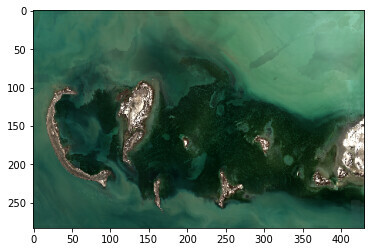Hello,
I have ordered PlanetScope images through Sentinel Hub and I’d like to use them to conduct land cover classification.
I have already conducted such a project using eo-learn library and Sentinel 2 imagery using the following command to collect S2 L2A imagery:
add_data = SentinelHubInputTask(
bands_feature=(FeatureType.DATA, 'BANDS'),
bands = band_names,
resolution=10,
maxcc=0.8,
time_difference=timedelta(minutes=120),
data_collection=DataCollection.SENTINEL2_L2A,
additional_data=[(FeatureType.MASK, 'dataMask', 'IS_DATA'),
(FeatureType.MASK, 'CLM'),
(FeatureType.DATA, 'CLP')],
max_threads=5,
config=config
)
I tried to use similar command to create EOPatch from my Planet collection, replacing DataCollection.SENTINEL2_L2A with ‘byoc_collection’ (where byoc_collection = DataCollection.define_byoc(collection_id,is_timeless=False). However it did not work.
Should such a command work with a BYOC (or TDPI) collection ?
What is the best way to use TDPI collection in an EOPatch?
(I also tried using SentinelHubInputTask but I was only able to get one tiff file and could’nt use it as a proper EOTask to produce EOPatches).
Thanks,


